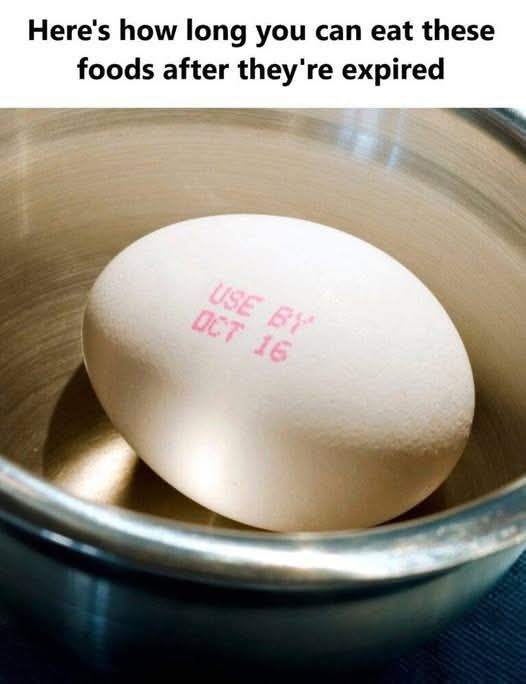ADVERTISEMENT
### 7. **Flour**
Flour can last months after the expiration date, especially if it’s stored in a cool, dry place. Whole wheat and other whole grain flours may spoil faster due to their higher oil content, but all types of flour are generally still safe to eat as long as they’re free from insects or an off smell. If flour smells sour or rancid, it’s best to discard it.
**Tip**: Store flour in airtight containers to protect it from moisture and pests.
### 8. **Oats**
Like pasta and rice, oats can last far beyond their expiration date when stored in a dry, cool environment. Uncooked oats tend to have a long shelf life, and while their flavor may degrade slightly over time, they are still safe to eat. Check for signs of moisture, mold, or insect infestations before consuming.
**Tip**: Store oats in an airtight container to prevent moisture from affecting their quality.
### 9. **Peanut Butter**
Peanut butter, particularly the commercially processed kind, is designed to last for a long time due to its high oil content and natural preservatives. Even after the expiration date, peanut butter can last for months without significant quality loss. Just check for any signs of oil separation, mold, or an off smell before use.
**Tip**: Stir the peanut butter to mix in any oil that separates on top and store it in a cool place.
### 10. **Yogurt (Past “Best By” Date)**
While yogurt may have a “best by” date, it can often be safe to eat up to 1-3 weeks after the printed date, as long as it’s been refrigerated properly. The live cultures in yogurt act as preservatives, and the yogurt’s texture or taste might slightly change over time. If there’s no mold or sour smell, it’s likely fine to consume.
**Tip**: Always check the yogurt for signs of mold and give it a sniff test. If it smells sour (and it’s not the normal tangy smell of yogurt), it’s best to toss it.
### How to Safely Consume Expired Foods
While many foods can last beyond their expiration dates, it’s important to always use your senses to assess them before eating. Here are a few things to check:
– **Smell**: If the food smells off or sour, it’s best to discard it.
– **Appearance**: Mold, discoloration, or any strange textures are red flags.
– **Taste**: If the food passes the smell and appearance test but still seems off when you taste it, it’s best not to eat it.
### Conclusion
Expiration dates are a guideline, not a hard-and-fast rule. Many foods can still be safe to eat after their expiration date if they’ve been stored correctly and show no signs of spoilage. By understanding the shelf life of various foods and using your senses to evaluate them, you can minimize waste and enjoy foods that still have quality left. Just remember, when in doubt, it’s better to be safe than sorry.
ADVERTISEMENT
